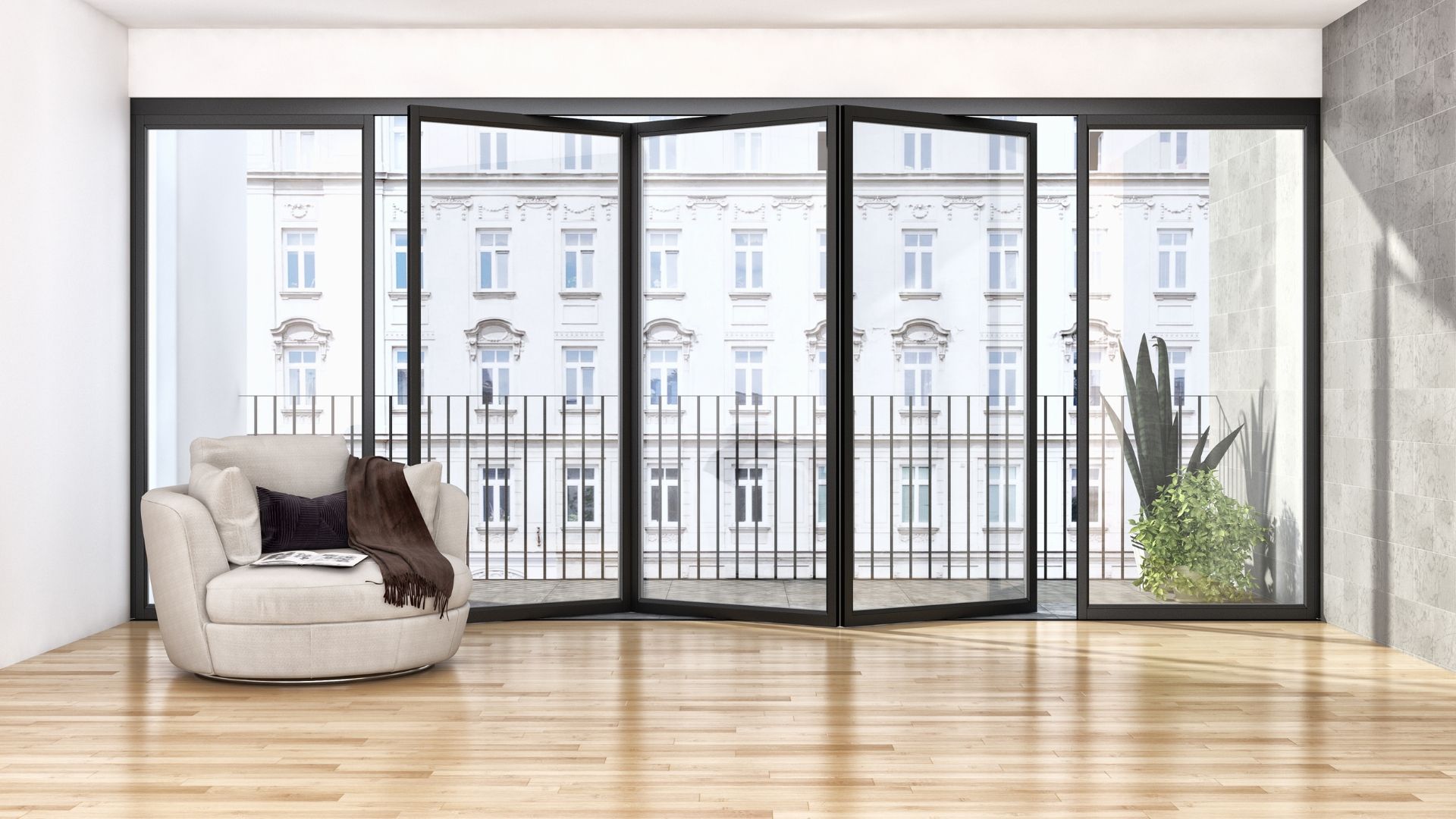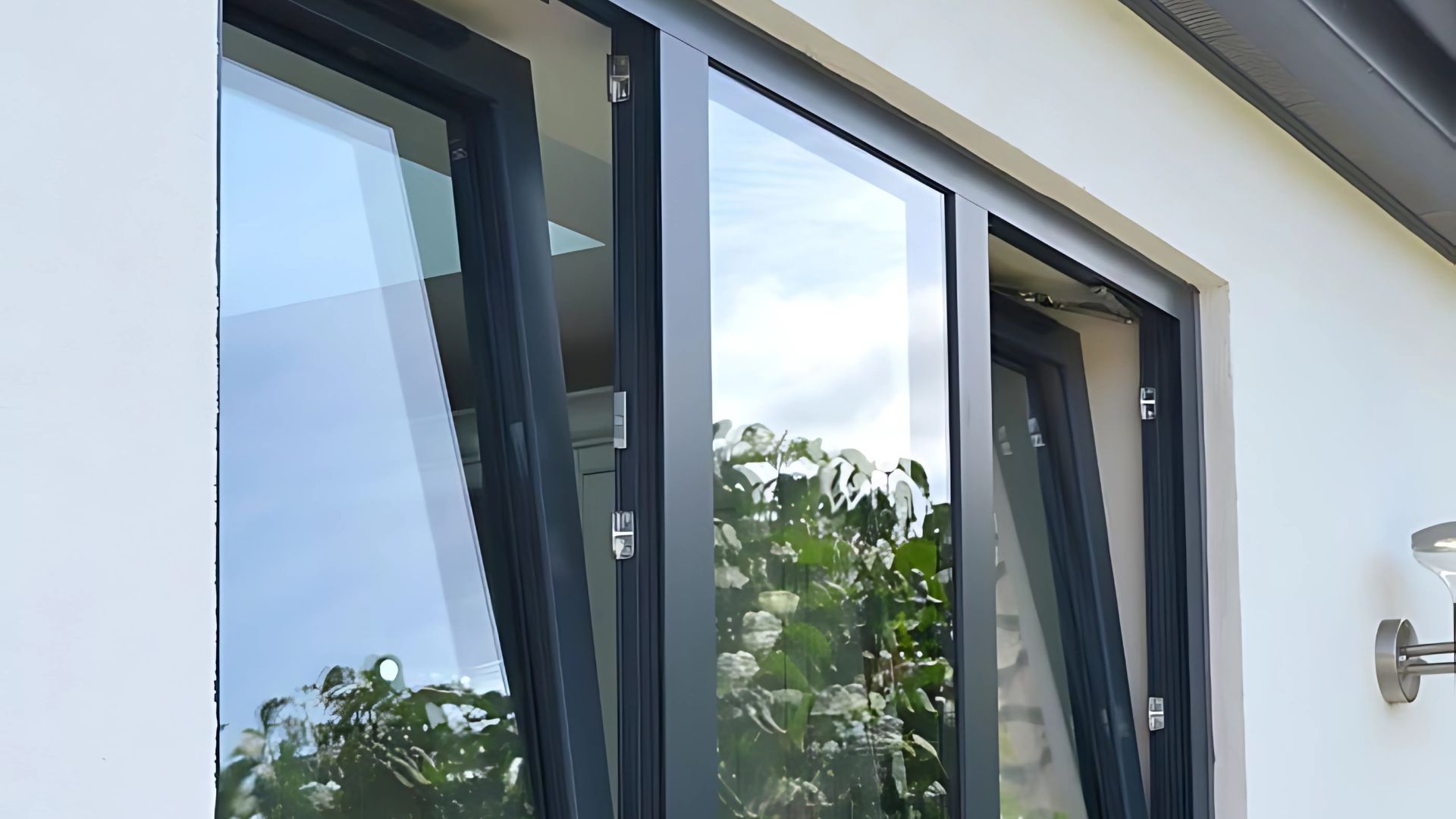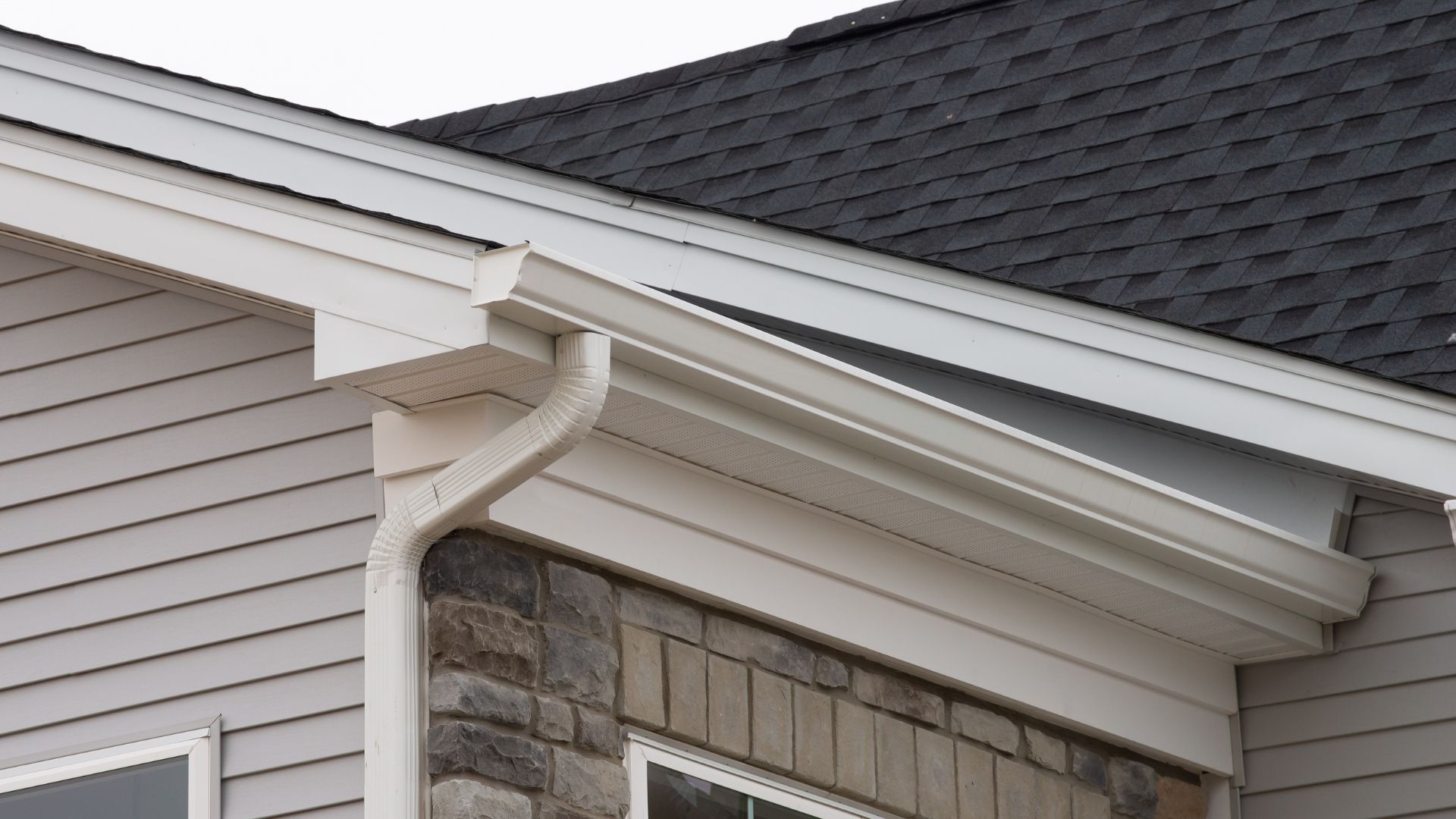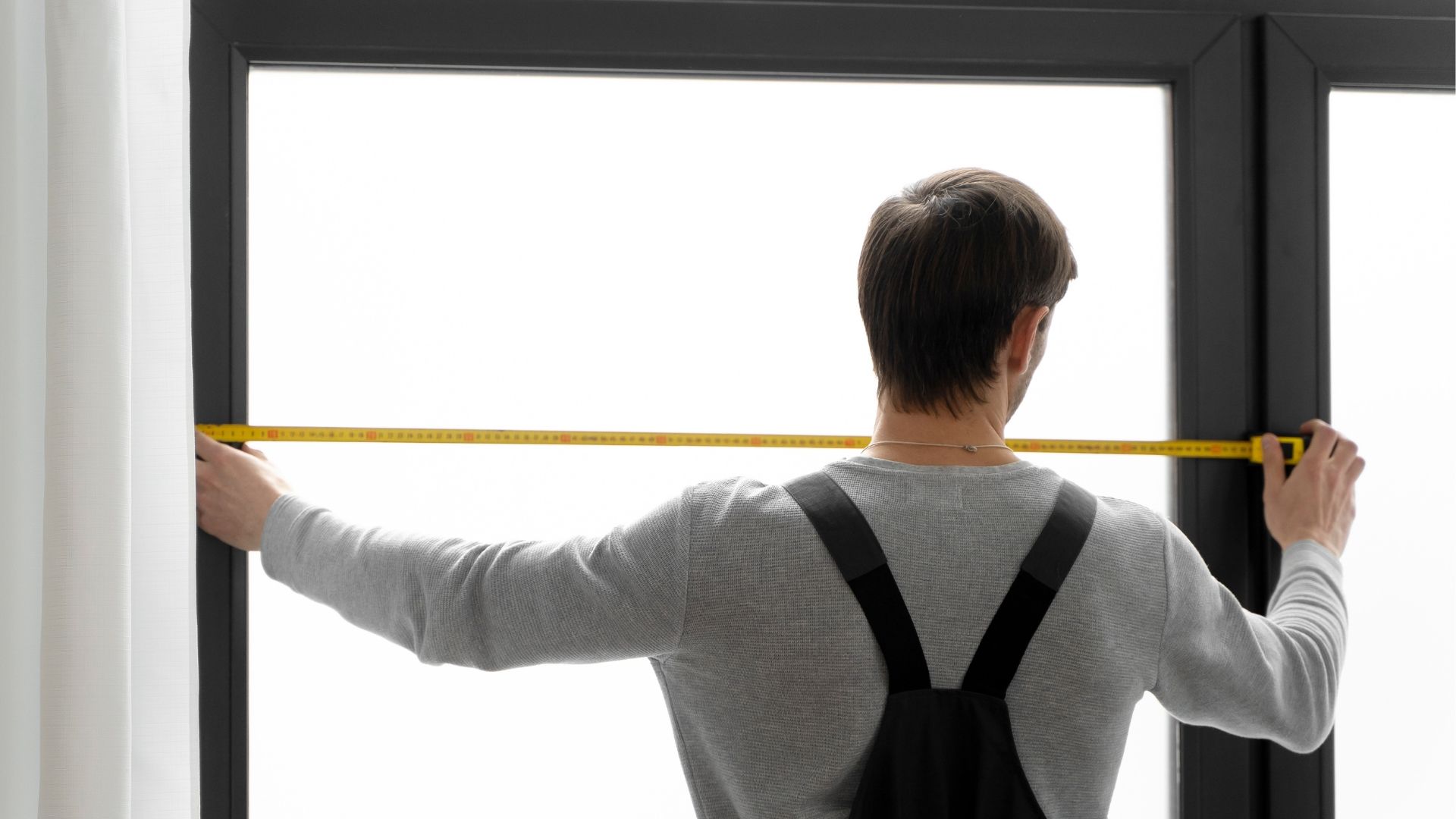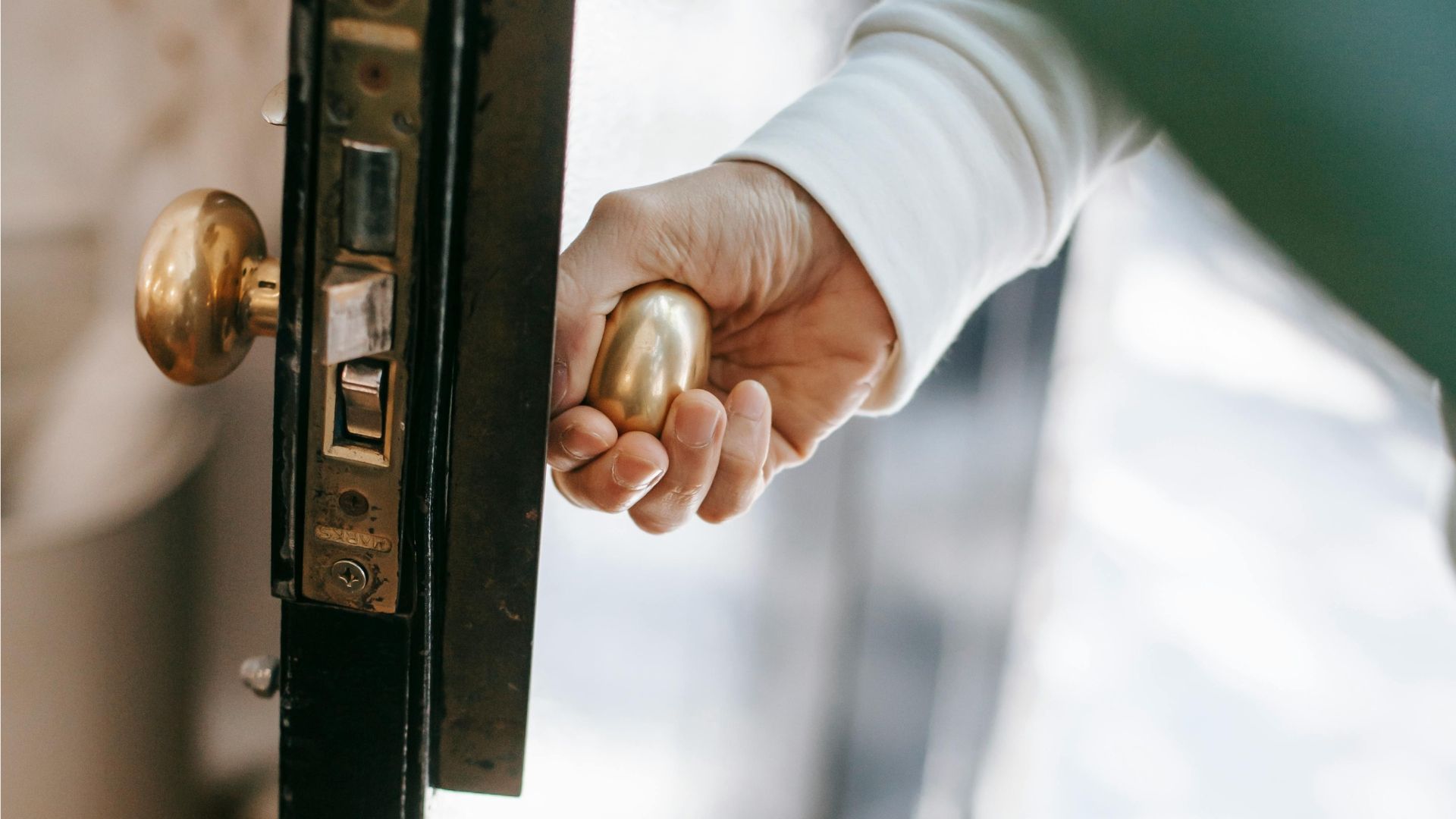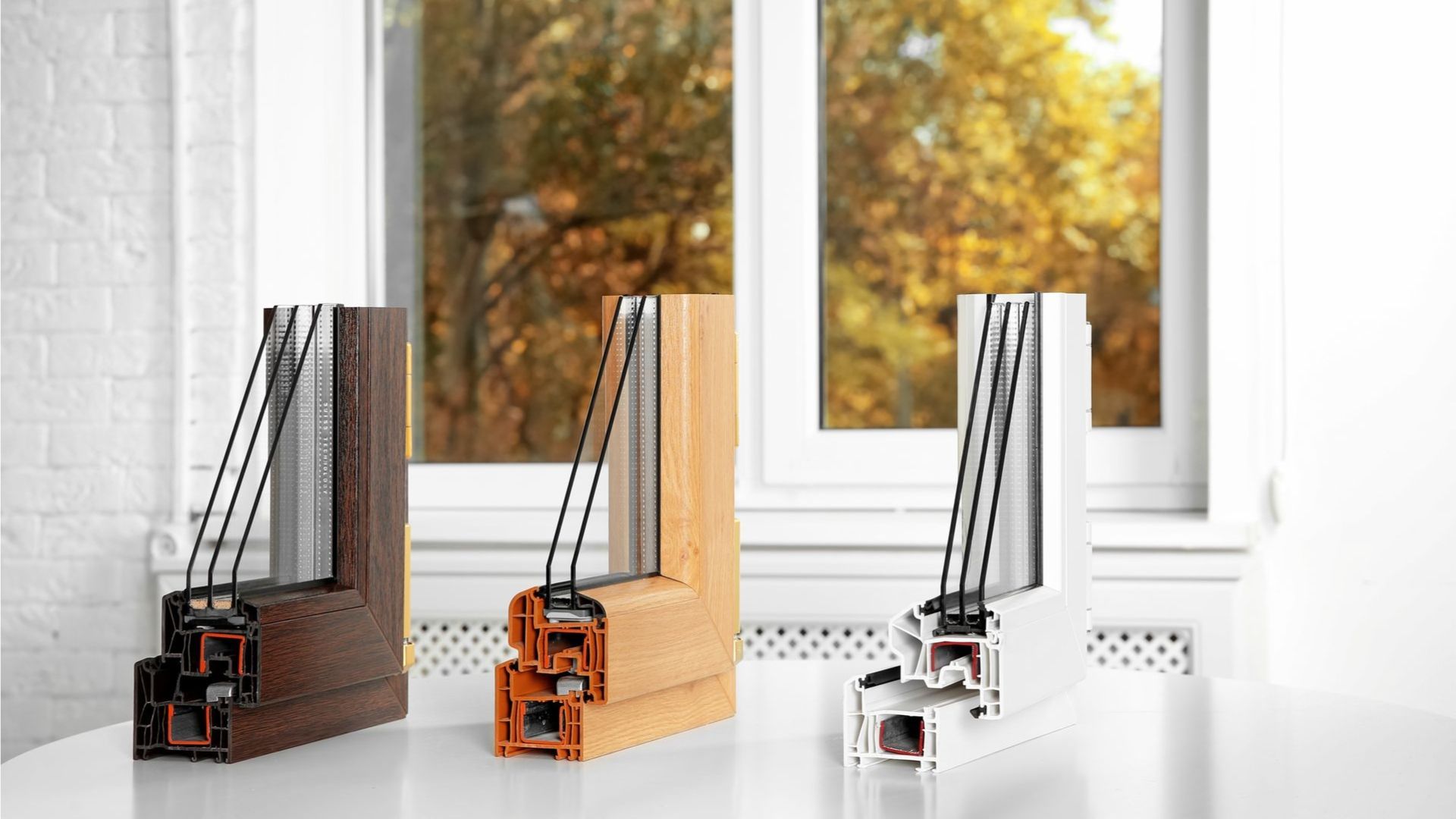Everything you need to know about sash windows
Calder Windows specialists in uPVC sash windows. But what are they, exactly? Learn more today.

Think of sash windows and your mind might be whisked away to a quaint Georgian property in rural England, nestled in a perfectly pruned garden, sunlight gleaming off of its many window panes.
But what are they exactly? Where did they come from? And are they still in use today?
They are in fact still being manufactured and not just for old houses or restoration projects. This guide should provide you with everything you need to know about the who, what, when, and why of modern sash windows – be it for the renovation of your stately home or the finishing touches on a new build.
Where are they from?
Sash windows are closely associated with ye olde England but in fact are believed to have been invented in Europe in the 16th century. They became popular with English architects sometime around the early 1700s.
They made quite a mark, remaining the people's favourite throughout Georgian, Victorian and Edwardian England. Since then, there have been many changes to the shape, style and construction of both glass and window frames – but the sash window style has outlived them all.
What makes a sash a sash?
Unlike modern-style casement windows which open outward on a hinge, sash windows are opened by sliding them vertically (and sometimes horizontally) within the frame.
"Sash" is a term for the glazed slab which sits within a grooved track in the window's outer frame. When this type of design was first introduced from France, sash was simply a nickname given to the window section of this new build type.
Today, we refer to the whole window style as sash. It's used to describe any window that doesn't open and close on a modern hinge system but instead uses weights or balanced springs within the frame, allowing the smooth travel of offset panes.
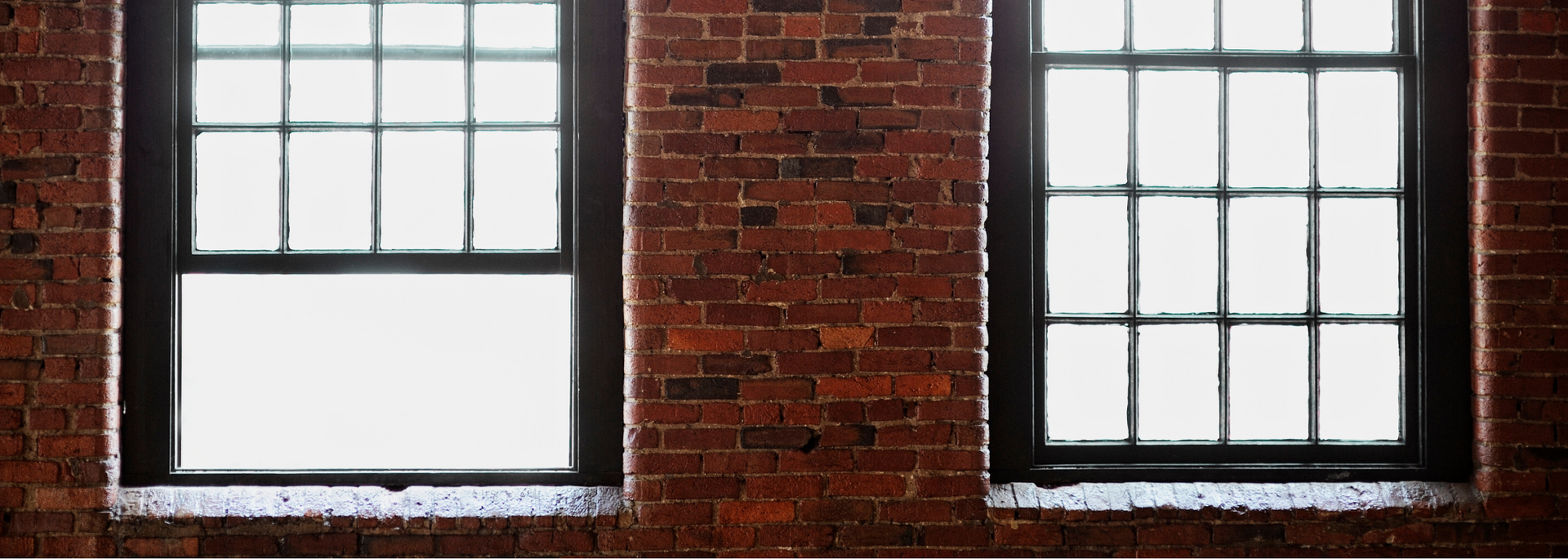
This style of window is easy to slide open and will stay balanced in the position you set them to thanks to the spring or weight mechanism hidden in the frame. Sash windows can be opened from the top, bottom, or both.
But are they just for old buildings?
Well, no – in fact, sash windows can give an elegant and classic look to a wide range of houses old and new. And with a huge range of styles to choose from, we can help get the perfect match for your home as well as match an existing design for when the time comes to replace old for new.
How do I know if I have sash or casement windows?
Now you know what a sash window is, you may be wondering what a casement window is, and how to tell the two apart.
A casement window uses hinges instead of a sliding action to open and close. Most modern-style windows are casement-type windows (they're just not referred to as casement windows all that often). They can open fully, and are hard to force open as the lock is hidden in the frame.
Do sash windows need wooden frames?
Not at all. At Calder Windows, we carry a huge range of uPVC framed sash windows, allowing you to have the timeless look with all the benefits of modern building materials: double glazing, energy efficiency and high levels of security.

These elegant windows have a smooth opening action and are excellent when it comes to draught exclusion. Unlike wooden-framed windows, they're a doddle to maintain. We're so confident in the build and install quality that all of our uPVC sash window installations are covered by a 10-year warranty.
When will a sash window need replacing?
All good-quality windows are designed to keep out draughts and rainwater. A tell-tale sign of terminal wear is when your window frames leak rainwater or let in a draught.
Why uPVC?
uPVC (or unplasticised polyvinyl chloride) is a material made famous for its strength and weather-resistant properties. But that's not all. Here are a few other things that uPVC windows have to boast about:
- Security. uPVC is highly durable and resistant to impact, making it very difficult to damage or break (unlike wooden frames)
- Energy efficiency. uPVC is the most energy-efficient option, helping to keep the inside of your home cool in summer as well as locking in the heat in winter.
- Noise reduction. uPVC is built specifically to provide high levels of sound insulation and can reduce outside noise levels by up to 40 dB.
- UV resistance. This means that your frames won't perish under direct sunlight.
- Rot resistance. With uPVC, you don't need to spend much time on maintenance. This is in stark contrast to wooden frames, which tend to need replacing every five to 10 years.
- uPVC doesn't rust, corrode, warp or flake. When it's in, it's staying in. That means your window mechanisms will work smoothly for life.
- Pest resistance. uPVC doesn't harbour pests such as termites that can live in and feed on wooden window framing.
- Weather resistance. These frames are durable and suited to all weather types, even coastal wind and rain.
Final thoughts
Sash windows are a characterful and timeless choice that suits houses old and new.
At Calder Windows, we believe that our uPVC sash window range is a match made in heaven for a variety of buildings. The unique open and close mechanism means this window style outperforms its competitors on both ventilation and view.
Our sash windows are available in a huge range of styles, sizes, finishes and glazing options meaning we can cater to your project, taste and budget.
So if you're thinking about getting
replacement sash windows or are in the market to upgrade your home's windows, doors or conservatory, then
get in touch with us for a competitive quote today.
At Calder Windows, we care about quality and we guarantee it. That's why our conservatory door and window installations are all covered by a complete 10-year warranty.
Get a FREE quote
Are you on the lookout for uPVC window fitters in Wakefield or West Yorkshire? With over 30 years' experience and an extensive range of uPVC windows, we can help. Request a quote today or apply for finance and spread the cost.


